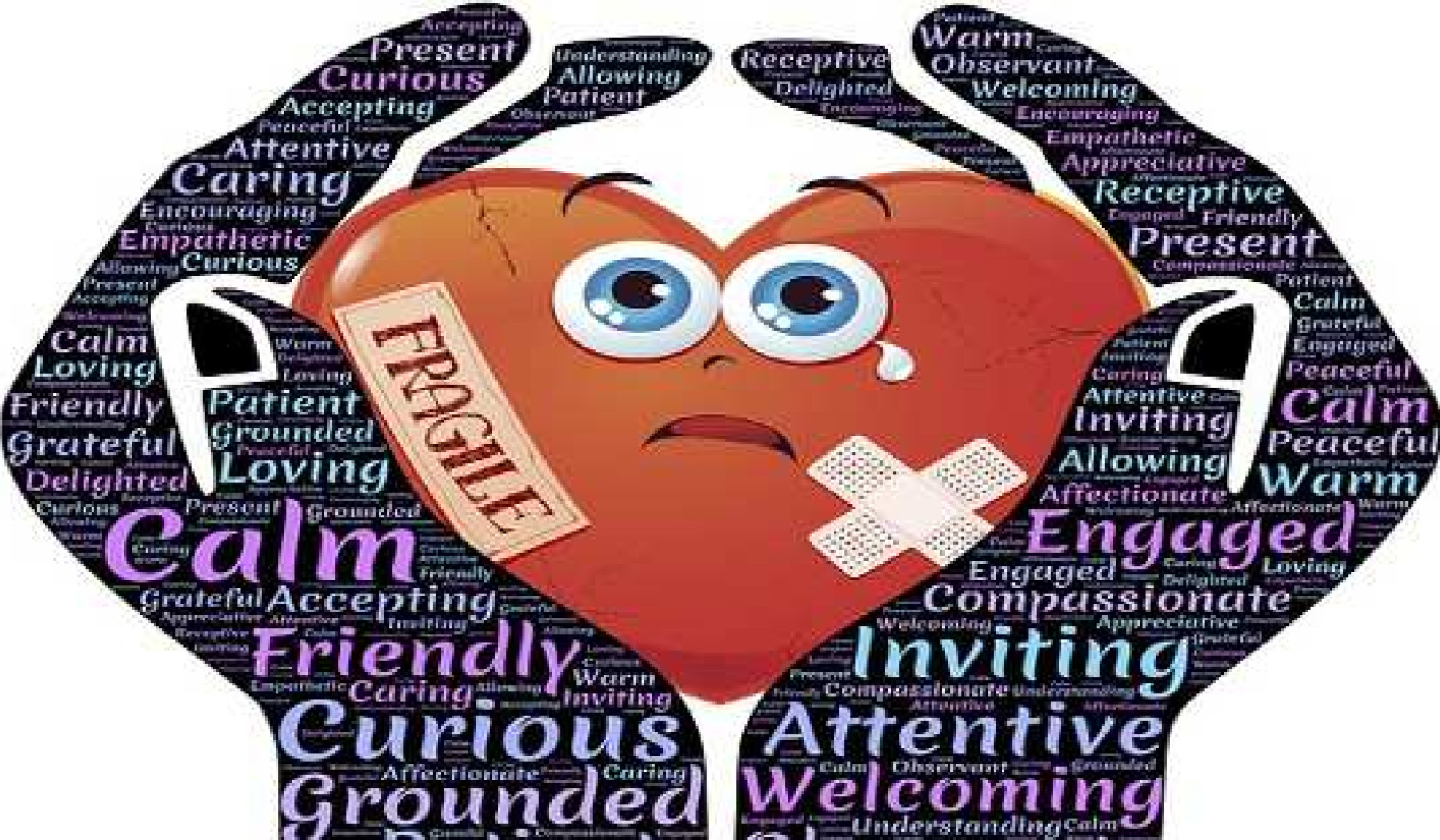
WWE wrestler Triple H at a live event in Orlando 2008. WWE SmackDown Triple/wikipedia, CC BY
Whether you like to immerse yourself in Game of Thrones or some other gruesome fantasy world to get your fix of epic battles, scenes will most likely come with the sound of intimidating roars. Whether they are from gallant heroes or hated villains, these roars are more than just Hollywood vehicles for dramatic effect.
Historical accounts indicate that soldiers have roared in battle throughout history, from the Roman army to the Red army. We can also see it on the sports pitch, such as in wrestling or the New Zealand rugby players’ posture dance known as the “haka”. So it may be come as surprise that scientists have long failed to uncover why humans actually roar. Now our new study, published in iScience, has come up with an answer.
We have a better idea of why other animals roar. Vocalisations play an important role in the aggressive encounters of many mammal species. When being combative, a noisy voice with a low pitch can help animals show off their “voice resonances” – their deepness or masculinity – to others.
Voice resonances are determined by the length of the vocal tract. A bigger vocal tract usually means a bigger body size, which is in turn a good proxy of fighting ability. Exchanging roars is a great way for males to assess how formidable their rivals are without having to engage in potentially costly combat.
{youtube}https://youtu.be/JJiF42aguYY{/youtube}
Some species have even developed anatomical adaptations that take advantage of the relationship between body size and vocal tract length, exaggerating their perceived size. For example, the red deer is able to lower its larynx all the way down to its sternum, temporarily elongating its vocal tract to make it sound that bit more threatening when it produces its guttural roar.
Are humans different?
It’s been assumed that humans roar for the same reason. The US National Park Service recommends roaring as a defence strategy against bears.
Yet until now, nobody had studied whether human roars, like their nonhuman mammal equivalents, also communicate or exaggerate how formidable someone is. Nor had anyone studied whether we can judge from a voice alone whether someone is more powerful than us.
Previous studies using emotionally neutral speech stimuli have shown that listeners can only poorly judge the absolute size and strength of an individual from their voice. But without comparing ourselves to others, or using actually threatening vocalisations, it is questionable how relevant these judgements are to our cut-throat past.
Our research set about filling these two gaps. We measured 61 actors’ upper-body strength and height – both men and women – and asked them to produce aggressive roars and an aggressive sentence. We then measured 101 listeners’ upper-body strength and height, and asked them to judge to what degree they thought each person they listened to was stronger/weaker or taller/shorter than them.
Under these conditions, more similar to a survival context, we found that listeners could estimate the strength and height of vocalisers relative to themselves with high accuracy. For example, listeners erroneously judged vocalisers who were stronger than themselves as weaker on only 18% of trials, and when judging substantially stronger vocalisers, this figure dropped to 6%.
We also found that listeners perceived male – but not female – vocalisers as stronger than themselves when they rated roars than when they rated aggressive speech. While both roars and aggressive speech provided honest information about vocalisers’ size and strength, roars served to exaggerate males’ perceived formidability, just as with male red deer.
Overestimating men
Interestingly, in our study women tended to overestimate men’s strength. That is, female listeners tended to rate male vocalisers of similar strength to themselves as stronger than them. Even in cases where males were weaker than female listeners, they were only correctly identified as weaker 25% of the time.
This finding fits in with a general tendency for women to underestimate, and men to overestimate, their abilities. More importantly, the finding could help inform recent sexual assault resistance programmes, whose focus on teaching women tools to defend themselves when necessary has proven highly successful. While most men are physically stronger than the average-strength woman, where the difference in strength doesn’t look to be massive, women may be better equipped than they think to deal with physical threat.
![]() Humans are unique in being able to express complex concepts and emotions with speech, but it doesn’t mean we’re not animals – roars are among a wide range of human nonverbal vocalisations that still mediate our interactions. So if you’re ever unfortunate enough to be roared at, remember that there’s useful information in there for you – but take that acoustic chest puff with a pinch of salt.
Humans are unique in being able to express complex concepts and emotions with speech, but it doesn’t mean we’re not animals – roars are among a wide range of human nonverbal vocalisations that still mediate our interactions. So if you’re ever unfortunate enough to be roared at, remember that there’s useful information in there for you – but take that acoustic chest puff with a pinch of salt.
About The Author
Jordan Raine, PhD Researcher, Nature and Function of Human Nonverbal Vocalisations, University of Sussex
This article was originally published on The Conversation. Read the original article.
Related Books
at InnerSelf Market and Amazon






















